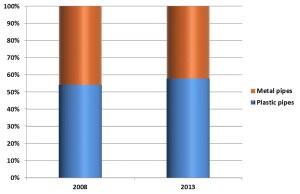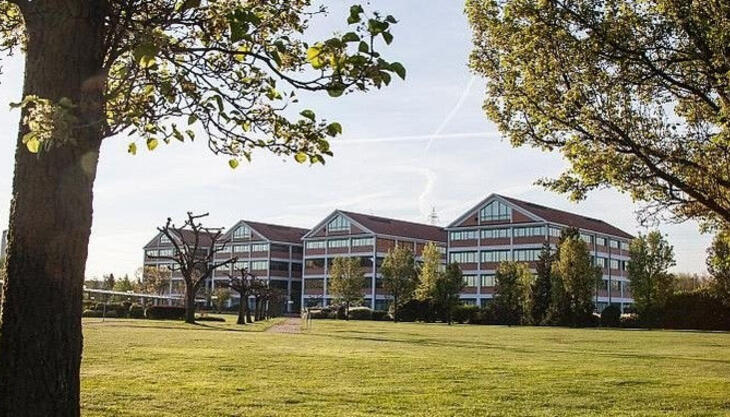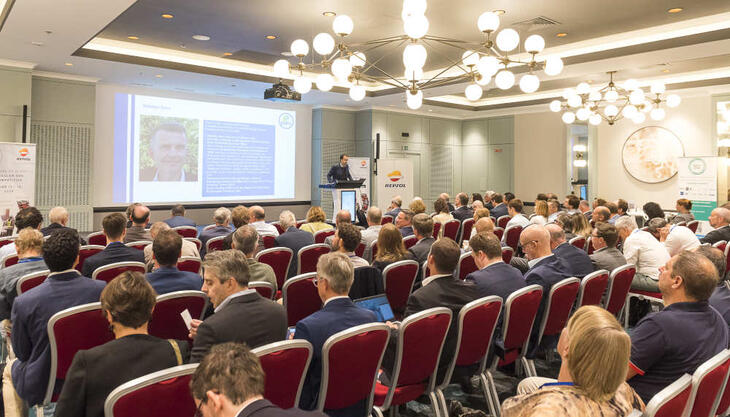Kilometres ofplastics water pipes

In 2013, almost 1.4 million kilometres of hot and cold water pipe were installed in Europe, according to the new edition of the study "Hot & Cold Water Pipes - the European Market", which has just been completed by Applied Market Information (AMI). Circa 41% of the total volume of pipe is used for water plumbing, with the balance split mainly between radiator connections and pipes used for surface heating and cooling - primarily in underfloor heating systems. For the first time in this edition, district heating pipes have also been included in the study. Plastics continue to gain market share from copper and steel, but the performance of the various plastic-based pipe systems is unequal - and it also varies from one geo-economic region to another.
Between 2007 and 2013, the European demand for hot and cold water pipes has lost a quarter of its volume. 2014 is expected to show only marginal growth, but this will be the compounded result of quite different performances in the various regions of Europe. More sustained growth is likely to resume in 2015, subject to a continuation of the incipient economic recovery. The supply side of this market is relatively fragmented, with multinational, regional and local players coexisting in a market that is unusually diverse in terms of requirements and products. By-and-large, the industry has adapted to the post-crisis situation and is looking forward with renewed optimism.
In 2014, European manufacturers are expected to produce circa 700 thousand kilometres of plastic hot and cold water pipe, including systems based on cross-linked polyethylene (PEX), polyethylene for raised temperature applications (PE-RT), polypropylene random copolymer (PP-R, including the enhanced PP-RCT type), chlorinated polyvinyl chloride (C-PVC), polybutylene (PB) and multilayer plastic-aluminium (multilayer-M). The choice of system is influenced by local traditions and preference, but suppliers' marketing activities have been shown to make a lot of difference. As a consequence, interesting changes are taking place in the market preference for the various systems, with "winners" and "losers" beginning to become apparent in various applications and geographies. Progress in technology continues, especially in terms of manufacturing processes and product design. New, improved raw material grades have also been developed. Although reputed to be conservative, this market has a good track record of embracing and rewarding valuable innovation.


















